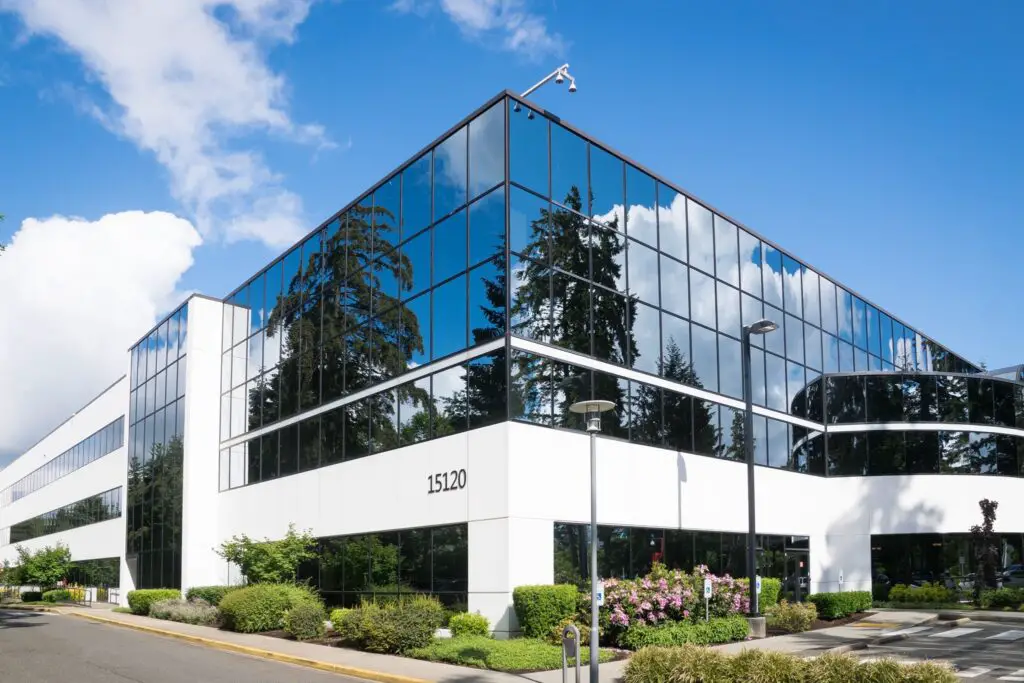Commercial construction in the Philippines has witnessed significant growth and development over the past decade. The country’s robust economy, favorable demographics, and increasing foreign investments have fueled the demand for modern infrastructure and commercial spaces.
This article explores the current state of commercial construction in the Philippines, highlighting key trends, challenges, and opportunities that shape the industry’s landscape.
The Booming Real Estate Market
The Philippines has emerged as one of Southeast Asia’s fastest-growing economies, creating a thriving real estate market. Rapid urbanization, a burgeoning middle class, and a strong demand for office, retail, and industrial spaces have fueled the commercial construction sector. Major cities like Metro Manila, Cebu, and Davao have experienced significant commercial development, attracting both domestic and foreign investors.
Government Initiatives and Infrastructure Projects
The Philippine government has been actively promoting infrastructure development as a key driver of economic growth. The “Build, Build, Build” program, launched in 2017, aims to accelerate infrastructure spending and address critical issues such as traffic congestion and inadequate transportation systems. These initiatives have opened up opportunities for private companies involved in commercial construction to participate in government projects.
Rise of Sustainable Construction Practices
As environmental awareness grows globally, the Philippines’ commercial construction industry is increasingly embracing sustainable practices. Green building certifications such as Leadership in Energy and Environmental Design (LEED) and Building for Ecologically Responsive Design Excellence (BERDE) are gaining popularity. Developers and investors are recognizing the long-term benefits of energy-efficient buildings in terms of reduced operating costs and improved environmental impact.
Advancements in Technology and Design
The adoption of innovative construction technologies is transforming the industry in the Philippines. Building Information Modeling (BIM), virtual reality, and drones are revolutionizing the planning, design, and construction processes, enhancing project efficiency and reducing errors. Additionally, contemporary architectural designs are incorporating Filipino cultural elements while adhering to global standards, creating visually striking commercial structures.
Challenges Faced by the Industry
Despite the positive growth, the commercial construction industry in the Philippines faces several challenges:
a. Bureaucratic Red Tape: Obtaining permits and navigating regulatory processes can be time-consuming and complicated, delaying project timelines and increasing costs.
b. Infrastructure Gaps: Inadequate transportation networks and utilities in certain regions can hinder accessibility and affect the viability of commercial developments outside major urban centers.
c. Skilled Labor Shortage: The industry struggles to meet the demand for skilled workers, leading to increased labor costs and potential project delays.
d. Land Acquisition and Ownership Issues: Acquiring suitable land for commercial projects can be challenging due to unclear land titles and conflicting ownership claims.
Foreign Investment and Opportunities
The Philippines’ strategic location and growing economy have attracted significant foreign investments in the commercial construction sector. International firms are partnering with local companies to explore opportunities in office, retail, and industrial development. These partnerships bring in foreign expertise, technology, and capital, contributing to the industry’s growth.
Future Outlook and Conclusion
Commercial construction in the Philippines is expected to continue its upward trajectory as the economy expands, and urbanization drives demand for modern infrastructure. The government’s commitment to infrastructure development, coupled with sustainable practices and technological advancements, will shape the industry’s future.
To maximize opportunities, the government must address bureaucratic challenges and prioritize skill development to meet labor demands. Furthermore, developers should remain mindful of environmental impact, striving to achieve sustainable and inclusive growth.
In conclusion, commercial construction in the Philippines represents a promising sector, with ample potential for growth and investment. By addressing existing challenges and embracing innovative solutions, the industry can play a pivotal role in propelling the country’s economic development for years to come.
To see other material construction prices, please see here.
To know other construction guides, tips, and methodology for beginners, veterans, and contractors, please see here.

